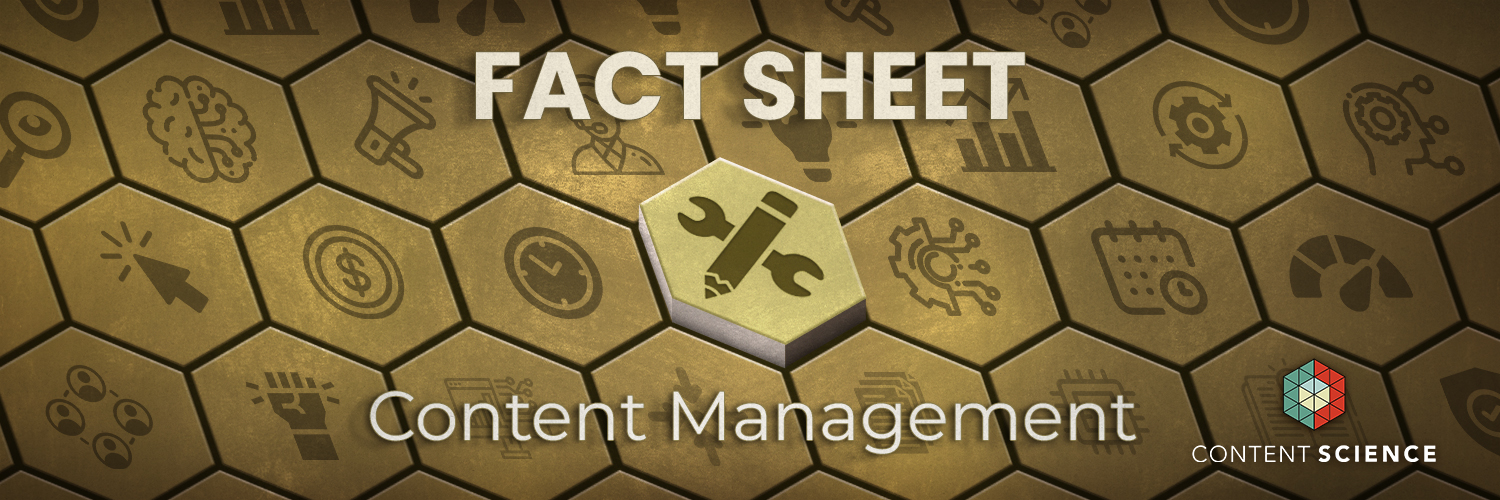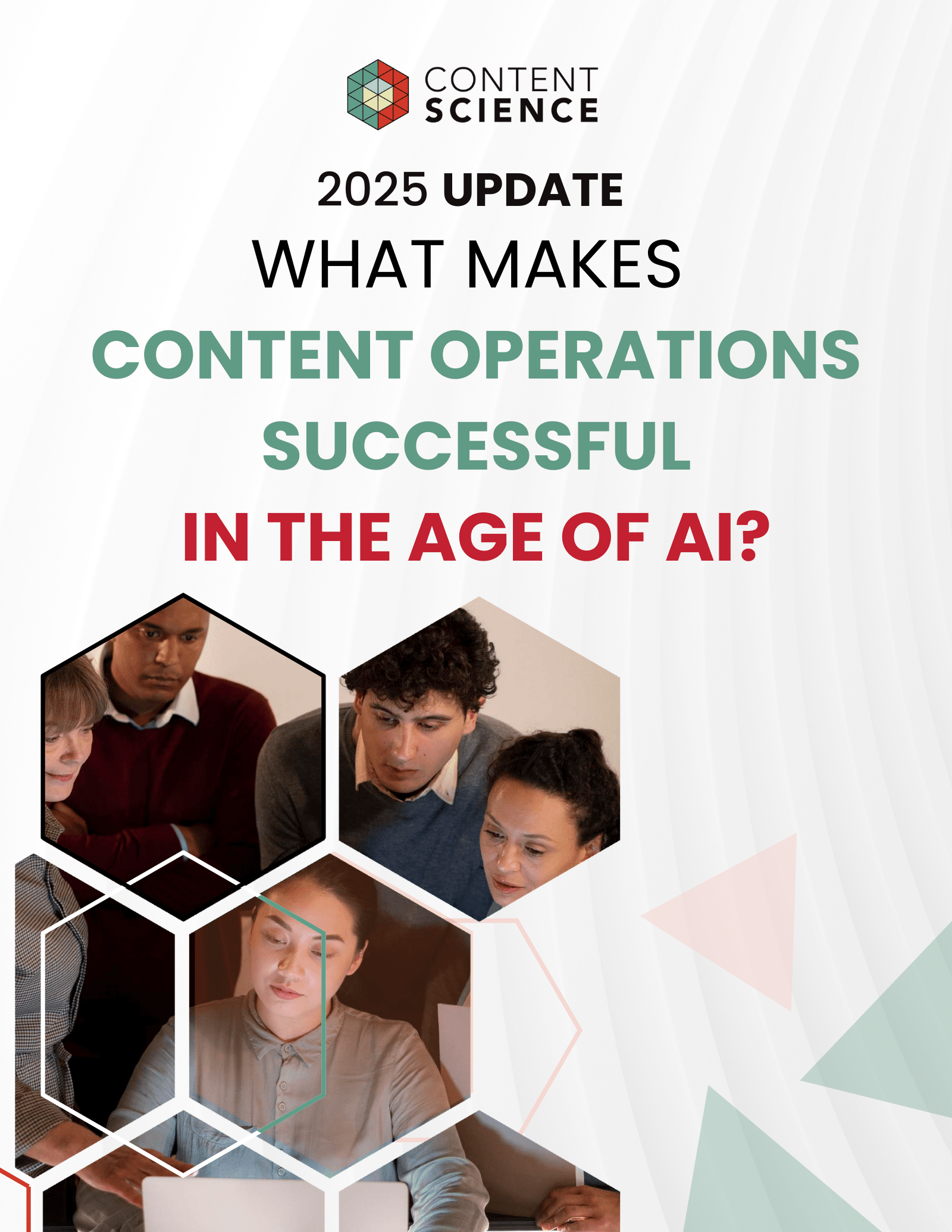
A content management system is a tool for publishing or distributing and managing digital content. It’s a major category of content technology that has existed since the late 1990s.
As digital transformation in business has accelerated, the role and capabilities of content management systems have evolved.
Today, content management systems go beyond supporting the management of content on a website. This fact sheet offers key statistics and insights about content management systems.
Content Management System Trends
The market for content management systems continues to grow, and trends are responding to the intense demand organizations face to deliver the right content to the right customers in the right context at the right time.
There have never been more CMS options. In 2024, there are over 800 CMS platforms available. — Meetanshi
Projected growth of the CMS industry appears limitless and is expected to nearly double over five years. Experts predict that the web content management market will grow from $6.9 billion in 2021 to $14.3 billion by 2026. — Research and Markets
Organizations turn to a wide variety of CMS options. Content Science’s 2023 study of content operations found organizations are turning to CMS options ranging from open source (e.g., Drupal, WordPress) to enterprise and traditional CMS to headless CMS and content marketing platforms. — What Makes Content Operations Successful?
CMSes have evolved into the central orchestrators of personalized digital experiences to directly impact new customer acquisition, time to market, and operational efficiencies. As we enter the age of AI, C-level investments in CMS for revenue growth and operational efficiencies continue to grow in prominence due to their direct impact on customer experiences worldwide. — Forrester
There are many CMS options, but WordPress dominates. Other leading CMS choices include Drupal, Adobe Experience Manager, Squarespace, and Contentful. These represent a range of content management systems from open source to headless and proprietary content management suites. — Built With
Headless CMS’s improve efficiency. An important way that a headless CMS improves content management is by allowing the reuse and retooling of existing content. The additional API layer lets authors reuse content like pictures, taglines, etc. and easily adapt such assets into other formats. So not only can specialists stay specialized, but they also don’t have to redo their work nearly as often. — What Is a Headless CMS?
CMSs enable companies to serve up more personalized content. While some CMSs provide out-of-the-box personalization capabilities, others integrate a third-party cloud service. Either way, it’s now easy to deliver customized content, which will continue to be essential to organizational success. — Content Personalization Fact Sheet
Today’s CMS must go beyond supporting just your website. “The days of creating, managing and delivering digital experiences in a single channel are dying. This paves the way for a new era of web content management (Web CMS) technologies and strategies built on agile, open foundations that support digital experiences beyond the website. — CMS Wire
When content is modular and multipurpose, it becomes a shared, reusable resource. Anyone who needs to can reuse or update existing content. The value of content assets to the organization grows each time they get reused. — Michael Andrews, What Headless Content Management Means for Authors
Challenges with Content Management Systems
While emerging technologies offer a way to better manage and personalize content, streamlining your content management systems is crucial to delivering the right content at the right time.
When you almost need two hands to count the number of content management systems at your organization, chances are you have a problem. — Colleen Jones, 5 Signs It’s Time to Change Your CMS
Silo syndrome persists as a problem, with many large organizations using multiple content management systems. Nearly half of professionals interviewed cited silos as the reason/interest in consolidating their CMS technology solution. — A Modern Guide to Selecting a CMS
A poor CMS implementation drives CMS change. The top 5 pain points for people selecting a new CMS are content updates being difficult or slow, high developer dependence for editors, outdated technology, cumbersome for developers, and scalability/performance issues. — 5 Signs It’s Time to Change Your CMS
The top three challenges for financial services and insurance (FSI) companies affecting their content supply chain are automation (52%), measurement (42%), and integration (41%). — 2023 Digital Trends, Content Management in Focus, Adobe
Solutions and Features in Content Management Systems
It’s not a matter of if your CMS will incorporate AI features. It’s a matter of when. — Colleen Jones
Every major CMS is adding AI features. Purposes range from generating content to delivering content faster to smarter content reporting. — Content Technology Infographic
Explore smart content platforms for a more evolved content supply chain. An intelligent, flexible, and AI-driven architecture applied to a content ecosystem will help companies automate tasks and reduce the cost involved in managing extreme amounts of content. — SDL and Forrester
To personalize content, your CMS must create user profiles based on cohort analysis. Cohort analysis is a process by which your CMS breaks users into subgroups based on common characteristics or experiences. How you define these cohorts and profiles depends on the specific questions you want to answer, and the type of content you’re delivering. — Rise of the Machines: How Machine Learning Can Transform Your Content Delivery + Increase Content Effectiveness, Content Science Review
Professionals want a CMS that makes publishing easier. More than 25% of respondents in a recent survey reported that ease of authoring/publishing is a top priority when evaluating a CMS solution. — 5 Signs It’s Time to Change Your CMS
A CMS ideally works hand-in-hand with other content technology. Modern organizations are embracing a content technology stack to orchestrate a full set of content operations. — Top Tips for Selecting Content Technology
Bottom Line
We’re in a time of tremendous innovation for content management systems. You face more and better options than ever before. While considering many CMS options is not necessarily an easy process for large organizations, the good news is the process really can pay off with a solution that works.
Events, Resources, + More
New Data: Content Ops + AI
Get the latest report from the world's largest study of content operations. Benchmarks, success factors, commentary, + more!
The Ultimate Guide to End-to-End Content
Discover why + how an end-to-end approach is critical in the age of AI with this comprehensive white paper.
The Content Advantage Book
The much-anticipated third edition of the highly rated book by Colleen Jones is available at book retailers worldwide. Learn more!
20 Signs of a Content Problem in a High-Stakes Initiative
Use this white paper to diagnose the problem so you can achieve the right solution faster.






Comments
We invite you to share your perspective in a constructive way. To comment, please sign in or register. Our moderating team will review all comments and may edit them for clarity. Our team also may delete comments that are off-topic or disrespectful. All postings become the property of
Content Science Review.